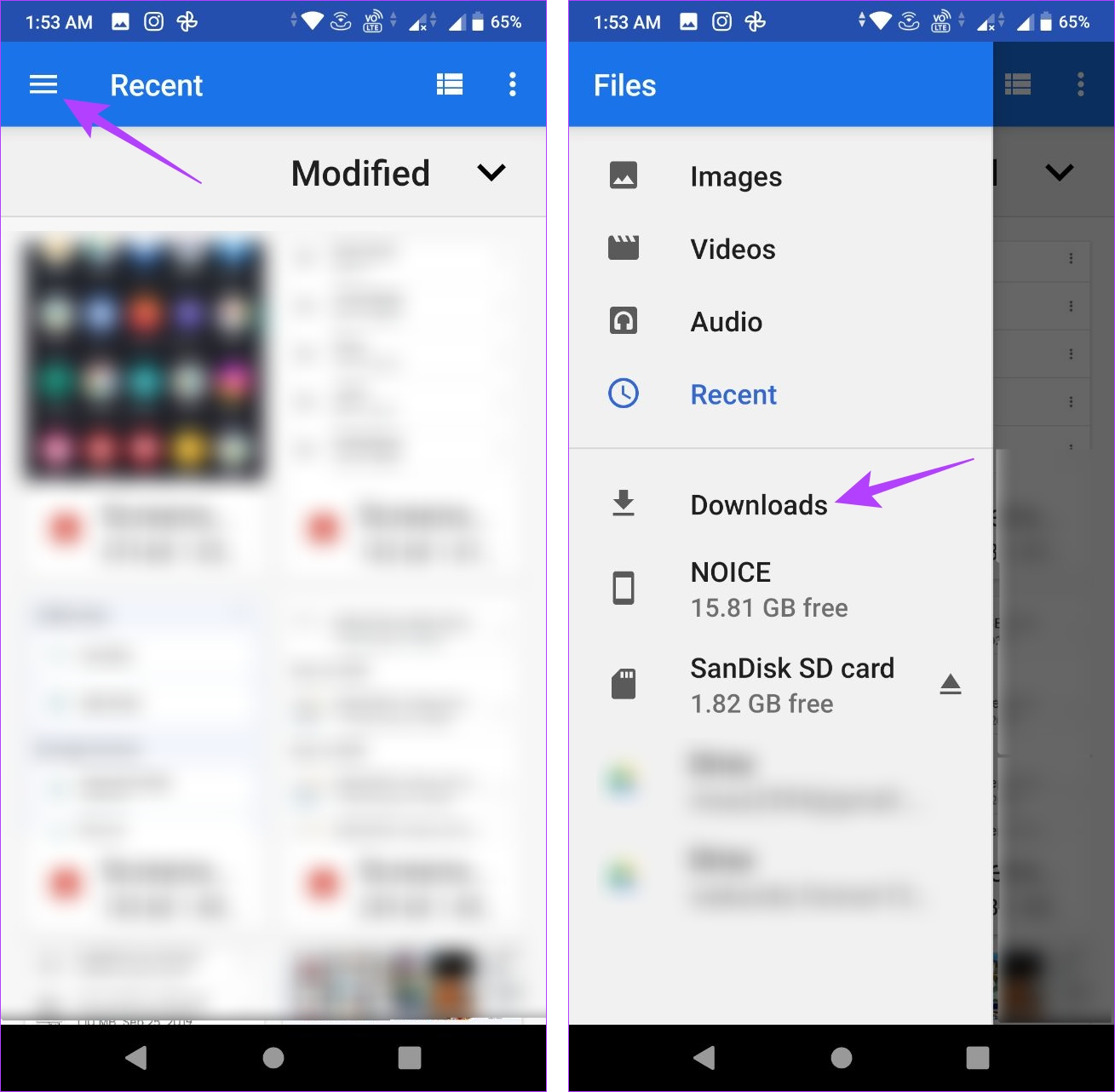Not known Factual Statements About android software download for tablet
Not known Factual Statements About android software download for tablet
Blog Article
Locating downloaded and install files on your Android tool can be a challenge. Easily, your phone can quickly come to be jumbled with photos, videos, screenshots, and other files. To liberate area on your device, it's vital to keep an eye on where your downloads are saved. In this manner, you can easily recognize and delete unneeded documents.

If you're having problem locating a vital documents that appears to have actually disappeared right into slim air, are afraid not! This overview is below to aid you track it down and get your Downloads folder in order. Whether you're a proud owner of one of the premier Google Pixel phones or an additional Android tool, we'll show you how to rapidly discover your downloads and keep them nicely arranged.
Locate your downloads with the default documents supervisor
Each smart device supplier might supply a somewhat different built-in Android application for documents administration, but your experience ought to be comparable. If you own a Samsung phone, describe our tutorial, which demonstrates how to locate downloads on your Samsung Galaxy phone.
Much like various other popular operating systems, Android has actually a marked Downloads folder for storing files. To locate your downloaded and install files on your gadget, follow these actions:
1. Open the Data or My Files application from the home screen or application drawer.
2. Try to find a section called Downloads.
3. Touch it to watch the documents you downloaded and install.
Use the Data by Google application for your downloads
If you're looking for a simple and efficient way to locate your downloaded and install data on your Android device, think about using Files by Google from the Google Play Shop. This app sticks out as a leading selection for its straightforward user interface and performance, making it an exceptional alternative to any type of preinstalled data manager app on your tool.
4. Open up the Data app.
5. Select the Browse tab at the bottom.
6. Faucet Downloads.
7. Select the Download and install tab to see the data in that folder.
Find your downloads manually
If you're not able to situate the Downloads folder on the main web page of your data supervisor application, attempt accessing your phone's internal storage rather. Right here's a detailed overview on exactly how to do it:
1. Open up the Data application.
2. Select the Browse tab near the bottom.
3. Scroll down and go to Inner storage space.
4. Tap the Download folder.
Relocate your downloads to one more area
Transferring files out of the for numerous reasons, specifically for files that hold sensitive or individual data. Putting such documents in their assigned folder boosts their safety and security and lowers the risk of unintended deletion. In addition, here it assists prevent them from being lost among the multitude of unrelated files you may download.
1. Open the Files app.
2. Navigate to your Download folder.
3. Tap the three-dot menu to the right of any file.
4. Choose the Move to option.
5. Tap Internal storage at the bottom.
6. Select any location or folder.
7. Tap Move here to transfer the file to that location.
You can also use the Copy to option and paste these files to another location. This allows you to create as many duplicates as you want without removing the original files from your Download folder.
View the exact location of your downloadsM/b >
You may want to see the location of the Download folder for various reasons from time to time. Tap the three-dot menu next to one of your downloaded files and go to File info. The/ storage/emulated/0/ Download path is the default for many modern Android devices. Some third-party web browsers might save files to a different folder, but this should be the location for most downloads.
Managing your downloads is easier than you think
Google's Files app is a great option if you prefer simplicity in a file manager. It has a clean UI and easy-to-use features. The app neatly organizes your documents by file types like downloads, images, videos, and audio. It also offers to clear junk files.
Speaking of tidying up, you can free up more storage space by learning how to delete unwanted WhatsApp media files. You can install an SD card on some Android devices if you're still short on space.
Report this page